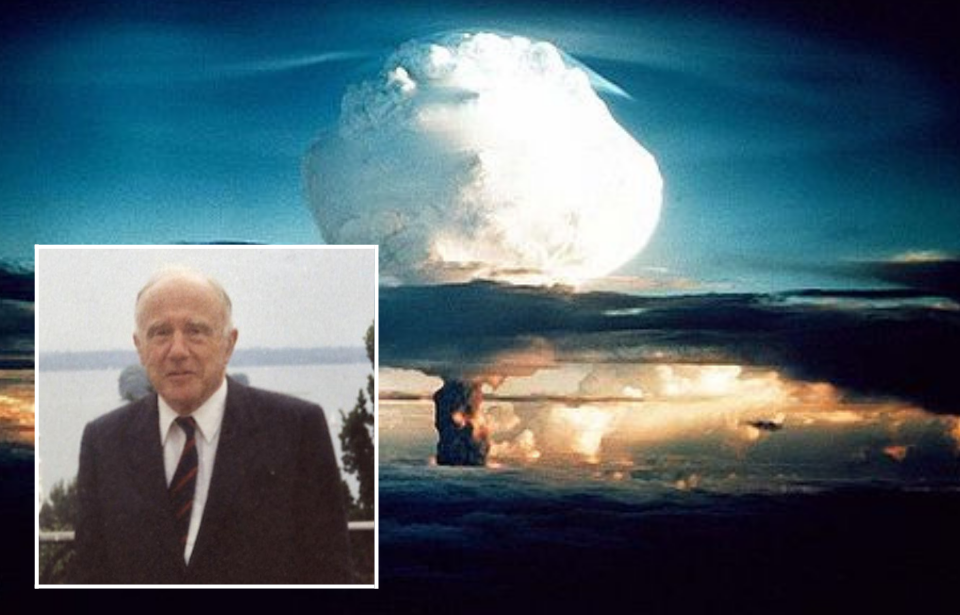Even the most brilliant people on the planet can sometimes be a bit absent-minded. John Wheeler certainly fit this category. The theoretical physicist is credited with popularizing the term “black hole,” and also theorized the one-electron universe. During a 1953 train ride, he left behind a classified document that the United States surely didn’t want to fall into the wrong hands.
John Wheeler was a star physics student
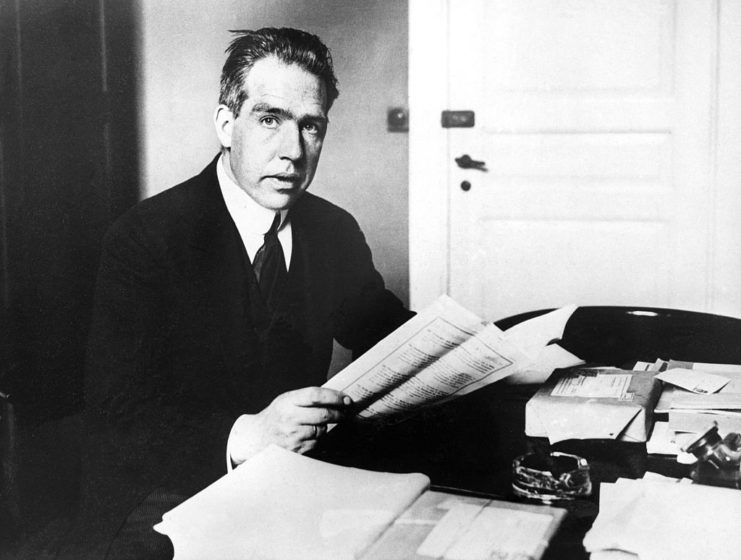
Born in Jacksonville, Florida in 1911, John Wheeler was the studious son of two librarians. His younger brothers were also quite bright, attending the ivy league Brown, Harvard and Columbia universities. His younger sister opted to follow in their parents’ footsteps and studied librarian science at the University of Denver.
After attending high school in Baltimore, Wheeler earned a scholarship to Johns Hopkins University, where he studied physics. At the age of 19, he published his first scientific paper, and was soon considered a rising star. In fact, he was so intelligent that he was given the opportunity to work with two great scientific minds, Gregory Breit and Niels Bohr. He also completed his dissertation under the supervision of physicist Karl Herzfeld.
John Wheeler joins the Manhattan Project
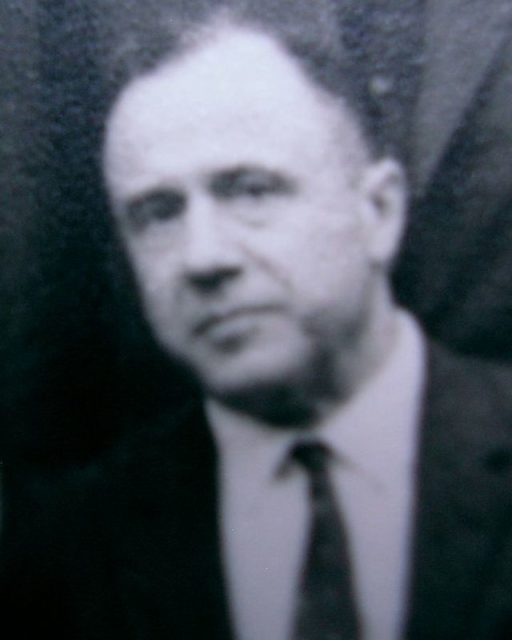
After graduating college, John Wheeler wanted to continue his work in physics. He turned down multiple offers for an assistant professorship at Princeton University. His reasoning was that the job would allow him to continue working with particle physics experts.
Wheeler, again, began working with Niels Bohr; the two co-authored multiple papers on nuclear fission. The Japanese attack on Pearl Harbor during World War II paused their partnership, with Wheeler asked to join the Manhattan Project’s Metallurgical Laboratory. He worked closely with the US Army Corps of Engineers upon them taking over the project and wound up at a number of locations throughout the country, including in Chicago, Delaware and Washington.
The physicist had added motivation to complete his work with nuclear reactors, as his brother, Joe, was overseas fighting. At one point, he chided that Wheeler needed to “hurry up.” Unfortunately, Joe died in combat in October 1944, and Wheeler later lamented, “So close to creating a nuclear weapon to end the war. I couldn’t stop thinking then, and haven’t stopped thinking since, that the war could have been over in October 1944.”
Development of the hydrogen bomb following the war
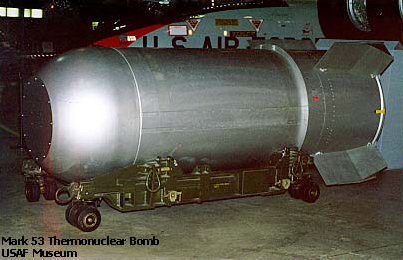
Following the end of the Second World War, John Wheeler returned to Princeton. Back at school, he worked alongside one of his former students and future Nobel Prize winner, Richard Feynman. At this point, America was engaged in the Cold War and there was pressure to stay ahead of the Soviet Union, in terms to weaponry.
In 1949, the Soviets conducted their first successful nuclear weapons test, detonating Joe-1 at the Semipalatinsk Test Site. The US government wanted to counter by developing a much more powerful hydrogen (H) bomb, and Wheeler was asked to participate. At the time, there was no useable design for such a weapon.
A really bad trip on the night train
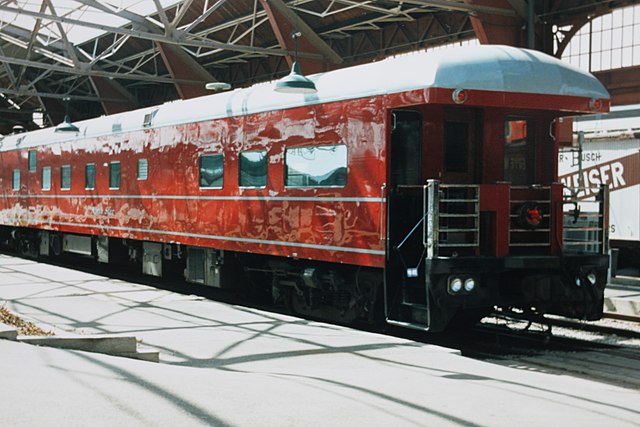
Those working on the H bomb project spent years painstakingly making small breakthrough after small breakthrough. As a result of their hard work, they were able to compile their findings into a paper. John Wheeler was tasked with bringing the information on lithium-6 and the bomb design to Washington, DC.
Wheeler chose to travel from Princeton to Washington in a Pullman sleeper car. During the trip in January 1953, the physicist was focused on protecting the documents. He wedged them close to his body whenever he sat down, and even brought them into the bathroom with him.
During an interview with FBI agents, Wheeler said that he took the papers out of their envelope to read before he went to sleep. Upon waking up, he placed them inside a larger envelope and brought them to the bathroom. Wheeler placed the papers down and forgot to pick them up upon finishing his business.
John Wheeler was reprimanded for his mistake
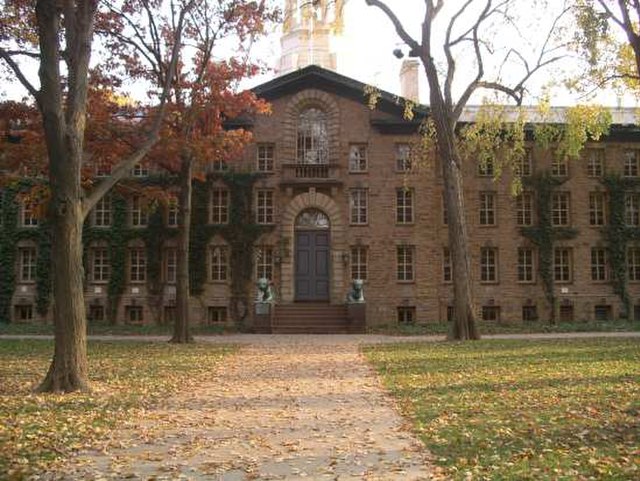
John Wheeler returned to the bathroom to search for the documents, even peering over while someone was using it. In the end, however, he wasn’t able to recover them. Hat in hand, the physicist went to his supervisors and explained what had happened. This is when the FBI was called in to conduct their own search. This included speaking with passengers and taking apart Wheeler’s train car.
While he’d done his best to secure the documents, he hadn’t come close to meeting protocol. He was given an official reprimand for his actions, but no further discipline was taken. In the end, the FBI wasn’t able to uncover what happened to the papers, but concluded they likely hadn’t wound up in the hands of Soviet spies.
More from us: Richard Nixon Once Tried to Nuke North Korea – While He Was Drunk
Following the incident, Wheeler returned to Princeton, where he continued to teach until 1976. During his tenure, he oversaw 46 PhD students. His career saw him become the recipient of a number of awards, including the J. Robert Oppenheimer Memorial Prize, the Einstein Prize and the Niels Bohr International Gold Medal. The decorated physicist died in April 2008, at the age of 96.
